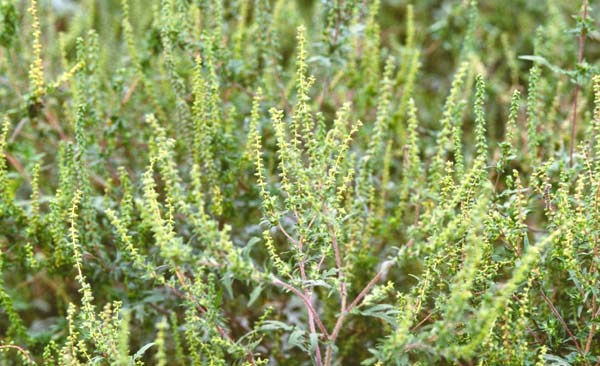
Fall is here! And with it comes sniffly noses, itchy eyes, and sneezing. I’m not talking about the cold or flu. I’m talking about allergies, which affect one out of every five of Americans.
Allergies are caused by an oversensitive immune system that reacts to things it doesn’t need to react to. The immune system usually does a good job of identifying harmful germs that have found their way into the body and launches attacks against them by producing mucus (causing your nose to run) and expelling germs out of the body (making you cough and sneeze). Allergies happen when the immune system starts attacking harmless substances, or allergens, such as pollen or dust.
Doctors still aren’t sure what exactly causes allergies, though it is probably a mix of genetics and environment. In recent years, scientists have proposed the hygiene hypothesis, which basically says that allergies may be the result of living in an environment that is too clean.

Humans evolved in environments where they were constantly in contact with microbes from the outdoors and from farms and farm animals. As humans have become more urban and more obsessed with keeping everything sterile (how many antibacterial products are in your house?), we may actually be keeping our immune systems from developing properly by preventing exposure to these kinds of germs. Studies have found that indeed, people that live in cities and highly developed countries tend to have more problems with allergies than people living in rural areas or less developed countries. The hypothesis is still being studied, but we may be on our way to solving the puzzle.
If you are currently suffering from allergies and reaching for tissues every five seconds, the likely culprit is ragweed, which starts producing pollen from late summer to mid-fall. Ragweed pollen is lightweight and travels far, so even if there are no plants around you, you can still be breathing in pollen from the air. Other common allergy triggers in the fall include dust mites and mold.
What can you do to battle allergy season? Weather reports often include a pollen count, which measures how many grains of pollen are in a cubic meter of air. Usually this is determined by putting a sticky sampling device on a roof and then analyzing the amount of pollen collected after 24 hours.
A high pollen count may mean it’s a good idea to take some allergy medication. Benadryl (diphenhydramine) is helpful for many people. However, Benadryl causes some people to become drowsy. If this is the case for you, Claritin (loratadine) and other newer drugs may be a better choice. Of course, always consult a doctor or pharmacist if you have questions about what drugs are right for you.
 New Bedford Guide Your Guide to New Bedford and South Coast, MA
New Bedford Guide Your Guide to New Bedford and South Coast, MA








